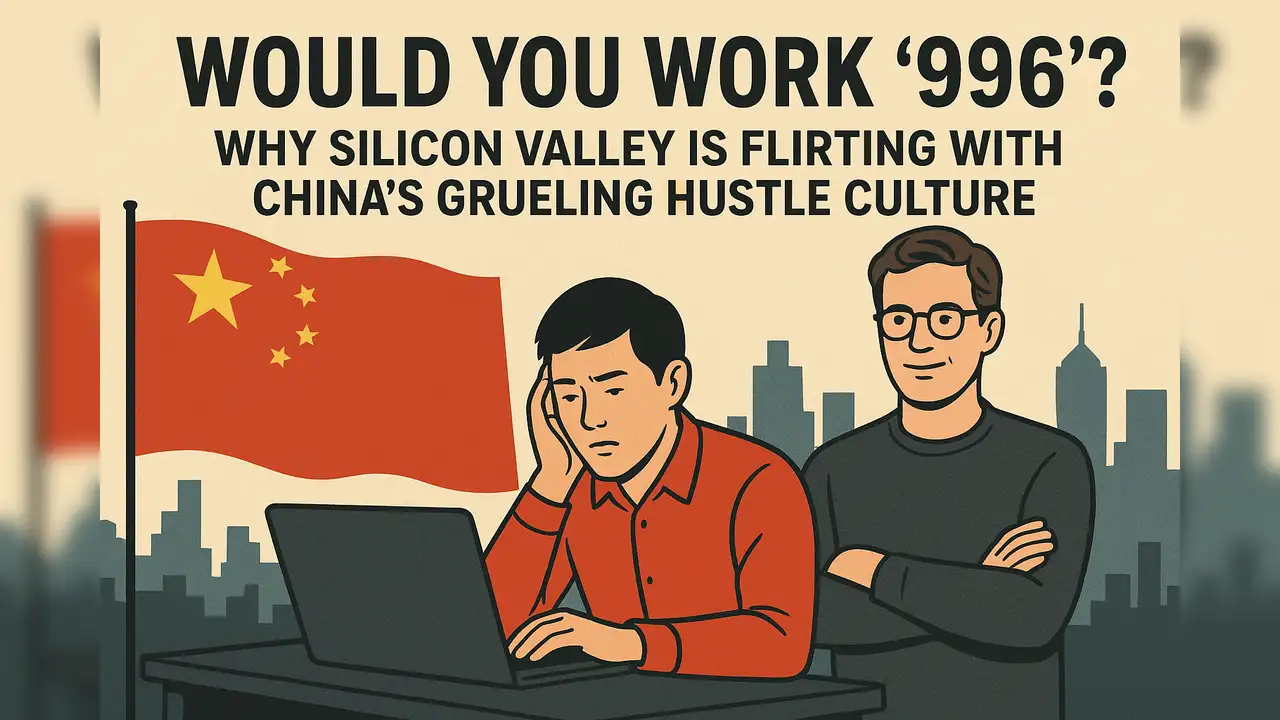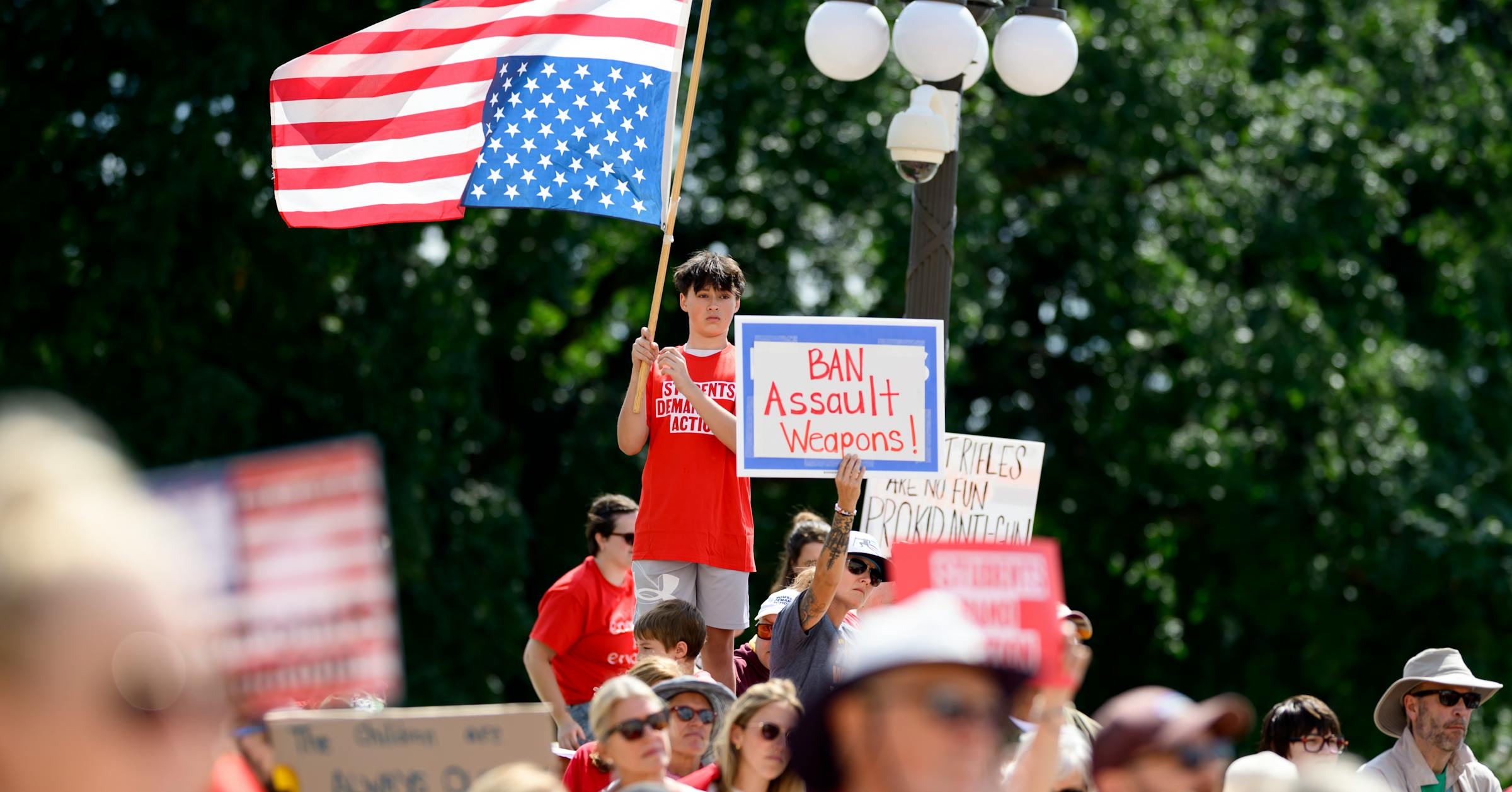By Samannay Biswas
Copyright timesnownews

Working 9 to 5 might still be the norm for much of America, but in Silicon Valley’s high-stakes race to dominate artificial intelligence, a new mantra is gaining traction: 996. The number shorthand , 9 a.m. to 9 p.m., six days a week , originated in China’s tech sector, where it fueled rapid growth at giants like Alibaba and Huawei, but also triggered burnout and lawsuits. In 2021, China’s Supreme People’s Court ruled such schedules illegal. Yet in California’s start-up ecosystem, where billions of dollars are pouring into AI ventures, 996 is being revived as a badge of honor, reported a NYT article. How 996 Entered Silicon Valley In recent weeks, LinkedIn posts, recruiting ads, and job descriptions have begun referencing 70-hour-plus workweeks as “preferred” or even “expected.” At interviews, executives reportedly ask bluntly whether candidates are ready to adopt a 996-style schedule. Startups like Ramp, a fintech firm, say they’ve tracked rising corporate card usage on weekends , a proxy that employees are working longer and harder. Online, younger workers in San Francisco have been sharing photos of themselves at their desks late on Saturdays, with captions celebrating their “996 grind.” “It’s partly real, partly performative,” says Margaret O’Mara, a University of Washington historian and author of The Code: Silicon Valley and the Remaking of America. “Long hours have always been part of Silicon Valley’s DNA, but now, with AI investment soaring, the culture of nonstop work is being celebrated again.” The Roots of Hustle Culture Silicon Valley has long had a split personality: California casual on the outside, workaholic on the inside. Since the semiconductor boom of the 1960s, tech firms have relied on engineers willing to code through nights and weekends. Carolyn Chen, a UC Berkeley sociologist and author of Work Pray Code, argues that this “almost religious devotion” to work is deeply ingrained. “It’s not just about hours,” she says. “It’s about framing work as a mission, something that gives meaning to life. That expectation, however, tends to exclude workers with caregiving roles or anyone who can’t live at the office.” Why Now? AI, Layoffs, and Fear Three forces are driving 996’s resurgence: AI Gold Rush: Startups are chasing massive valuations, and workers believe grueling hours now could mean outsized rewards later.Job Insecurity: More than 240,000 tech jobs have been cut since 2024. Even survivors feel pressure to “prove” their value by overworking.Shift in Culture: After Elon Musk’s “hardcore” edict at X and Tesla, Silicon Valley leaders are embracing harder edges, scaling back perks, and signaling that toughness, not comfort, defines success. “The Silicon Valley of 2025 is not the Silicon Valley of 2020,” says O’Mara. “It’s leaner, harsher, and much more focused on execution.” Risks of 996 Critics warn that celebrating extreme schedules risks entrenching inequality. Women, parents, and older workers often can’t keep up with 72-hour weeks. Health consequences, from burnout to depression, are well documented. And ironically, productivity doesn’t always scale with hours. “You may get short-term gains,” Chen notes, “but in the long run, 996 cultures tend to implode , as China’s own experience showed.” The New Norm? For now, 996 in Silicon Valley is more of a signal than a system. Few companies openly mandate it, but many expect employees to signal loyalty by working late, answering Slack at all hours, or boasting online about their grind. Whether it becomes a permanent fixture will depend on whether the AI boom delivers big returns , or fizzles out, leaving behind a burned-out workforce.



